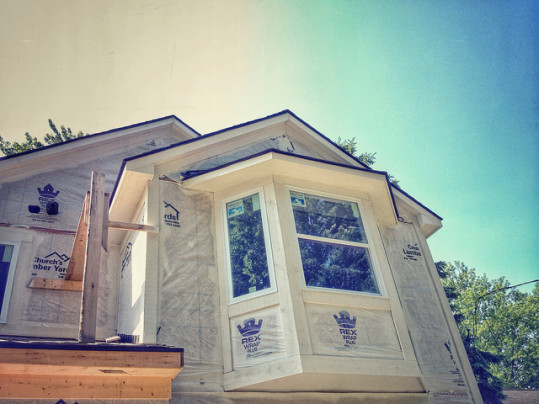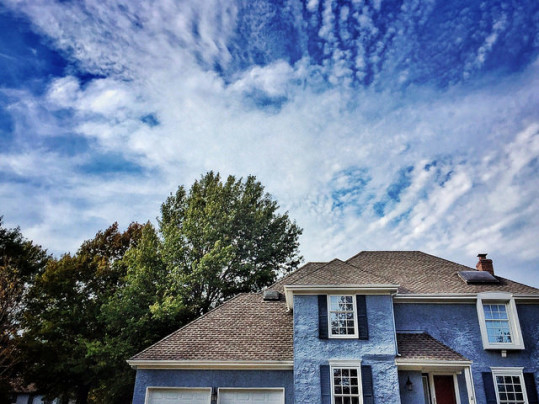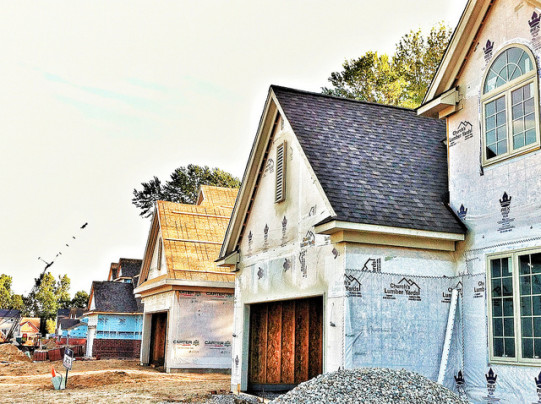Freddie Mac’s recently released December Insight & Outlook takes a look at how far the housing market’s recovery has come and where it may be headed as we enter 2016. According to the report, the economy has largely rebounded from the financial crisis. With unemployment declining, consistent economic growth, and a strengthening housing market, residential real estate and the economy have come a long way and the outlook is mostly positive heading into next year. But the report cautions that those same economic gains could also begin to pose a problem for potential home buyers, as rising mortgage rates and increasing home prices lead to declining affordability conditions. So what should buyers expect in 2016? Freddie Mac believes that a strong job market combined with pent-up demand will overcome the challenges of decreasing affordability. In fact, their outlook calls for a 3 percent increase in home sales over 2015’s total – which is on pace to be the best since 2007. They also believe that – though mortgage rates will begin to rise – they will remain historically low. Additionally, home price increases will begin to moderate, as new home construction rises and buyer demand falls. Overall, Freddie Mac expects the strength of the economy will help alleviate home buyers’ affordability concerns and that 2015’s momentum should carry into the coming year. More here.
Archive for December 2015
Now’s The Time For Renters Who Want To Buy
According to a new analysis from RealtyTrac, 2016 may be a good year for renters to buy a house. That’s because the cost of renting continues to rise and – even though home prices have also been moving higher – buying is still cheaper than renting in nearly 60 percent of housing markets across the country. Daren Blomquist, RealtyTrac’s vice president, says now may be the time to buy for renters who are looking to make a move. “Renters in 2016 will be caught between a bit of a rock and a hard place, with rents becoming less affordable as they rise faster than wages, but home prices rising even faster than rents,” Blomquist said. “In markets where home prices are still relatively affordable, 2016 may be a good time for some renters to take the plunge into homeownership before rising prices and possibly rising interest rates make it increasingly tougher to afford to buy a home.” RealtyTrac’s analysis looked at rental data from the U.S. Department of Housing and Urban Development, wage data from the Bureau of Labor Statistics, and sales deed data in 504 counties with a population of at least 100,000. More here.
November New Home Sales Up 4.3%
Sales of newly built single-family homes increased 4.3 percent in November from the month before, according to new estimates released by the U.S. Census Bureau and the Department of Housing and Urban Development. The improvement put sales 9.1 percent above last year’s level. Seemingly positive news, the report also revealed that October’s estimate had been revised downward. That means, though November sales increased, the gains were from a weaker than previously reported October. Regionally, new home sales were relatively stable in the South and West but saw big swings in the Northeast and Midwest. In the Northeast – which saw a huge sales surge in October – sales fell 28.6 percent. The Midwest, on the other hand, saw a 20.5 percent increase over the month before. Also in the report, inventory of new homes rose 2.2 percent and reached its highest level since 2010. This is encouraging news since a growing number of homes available for sale helps moderate price spikes. Overall, industry analysts say that the housing market has lost some momentum recently, though it remains stronger than last year and is expected to strengthen throughout 2016. More here.
Home Sales Slip May Not Be What It Seems
Sales of previously owned homes fell in November, according to new estimates released by the National Association or Realtors. The decline put sales 3.8 percent below last November’s level, marking the first time since September 2014 that existing home sales dropped year-over-year. Despite the decline, Lawrence Yun, NAR’s chief economist, said decreasing sales may have more to do with new industry regulations than disappearing demand. “Sparse inventory and affordability issues continue to impede a large pool of buyers’ ability to buy, which is holding back sales,” Yun said. “However, signed contracts have remained mostly steady in recent months, and properties sold faster in November. Therefore it’s highly possible the stark sales decline wasn’t because of sudden, withering demand.” According to Yun, the primary reason for the sharp drop in November sales is the Know Before You Owe rule, which has led to longer closing times. In fact, 47 percent of Realtors responding to the NAR’s most recent Realtor Confidence Index said they were experiencing longer closing times compared to a year ago. If closing times have increased, a portion of the transactions that normally would’ve closed in November may now register as December sales. More here.
Homeownership To Rebound Among Young Adults
The number of homeowners between the ages of 25 and 34 has been falling since long before the recent housing crash and recession. Then, during the crash, the number of young American homeowners dropped by more than 300,000 each year before leveling off in 2014. The reasons for the dwindling number of young American homeowners range from shifting demographics to recent volatility in the job market. But, according to an article from Patrick Simmons of Fannie Mae’s Economic and Strategic Research Group, the long decline may be nearing an end. “Given that the young-adult population is expected to expand robustly during the second half of the decade, it would take only modest further improvements in homeownership rate trends for the number of young homeowners to return to growth,” Simmons says. Though it’s difficult to say with any certainty, Simmons believes a combination of continued job and income growth, demographics, and a strong desire to own a home could lead to an increasing number of young adults buying homes in the coming years. After many years of decline, a growing number of first-time buyers would greatly impact, not only the housing market, but the broader economy as well. More here.
Mortgage Pros See Easier Credit Ahead
Fannie Mae’s quarterly Mortgage Lender Sentiment Survey polls mortgage professionals to get an idea of how they see the current market and the months ahead. Recently released, their fourth-quarter survey finds lenders reporting that credit standards continue to ease – which is good news for potential home buyers looking to purchase a house in the coming months. Doug Duncan, Fannie Mae’s senior vice president and chief economist, says increased credit availability should help home buyers affected by decreasing affordability conditions. “Several factors point to constrained housing affordability in 2016, particularly for first-time home buyers, including slow single-family supply response and limited inventory of starter homes on the market, strong inflation-adjusted house price appreciation outpacing household income growth, and an upward bias in mortgage rates. However, on net, lenders told us in our fourth-quarter Mortgage Lender Sentiment Survey that they have eased and expect to continue to ease credit standards, which was a consistent trend throughout 2015,” Duncan said. “Thoughtful easing will help mitigate some of the affordability decline moving into 2016.” The percentage of lenders reporting easing expectations reached a new survey high, according to the survey’s results. More here.
New Home Construction Nears 8-Year High
Housing starts refer to the number of new homes that broke ground during the month. The U.S. Census Bureau and the Department of Housing and Urban Development track both housing starts and building permits on a monthly basis in order to gauge the health of the new home market. But the number of new homes being built doesn’t just affect potential buyers looking for a newly built home. It’s also significant because as new inventory is added, upward pressure on home prices will begin to ease. In other words, the more new homes being built in any particular market, the more likely that market is to see moderating home prices. And according to the most recent data, new home construction spiked last month. In fact, November saw a 10.5 percent rise in overall housing starts and a 7.6 percent increase in the number of single-family homes being built. The gains indicate that builders expect sales to continue to improve in the coming year and are ramping up construction in order to meet demand. Single-family home construction is now at its highest level in nearly eight years. More here.







